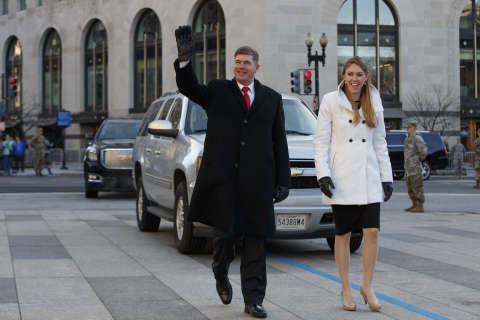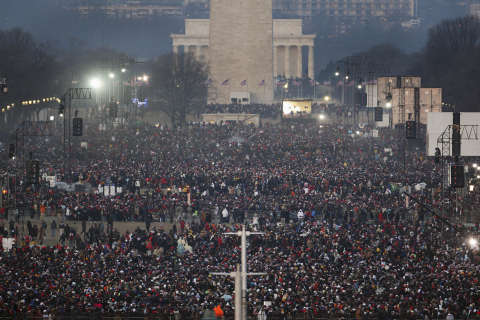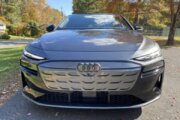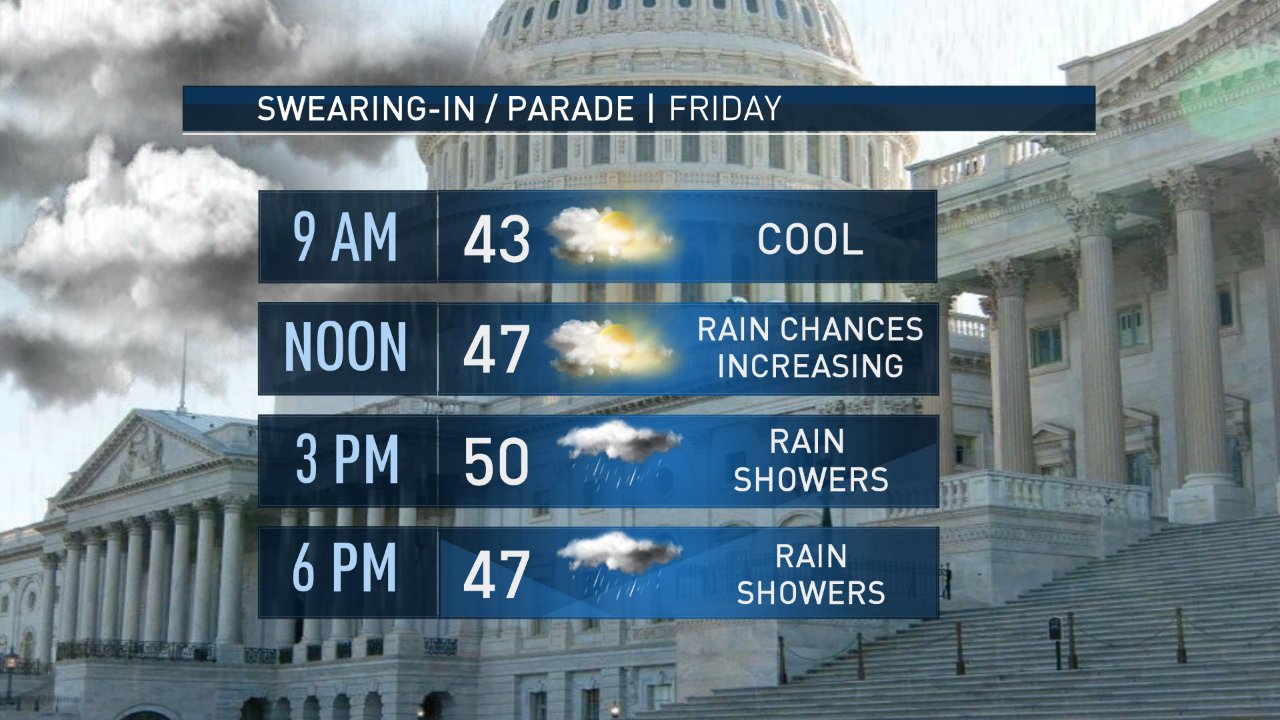
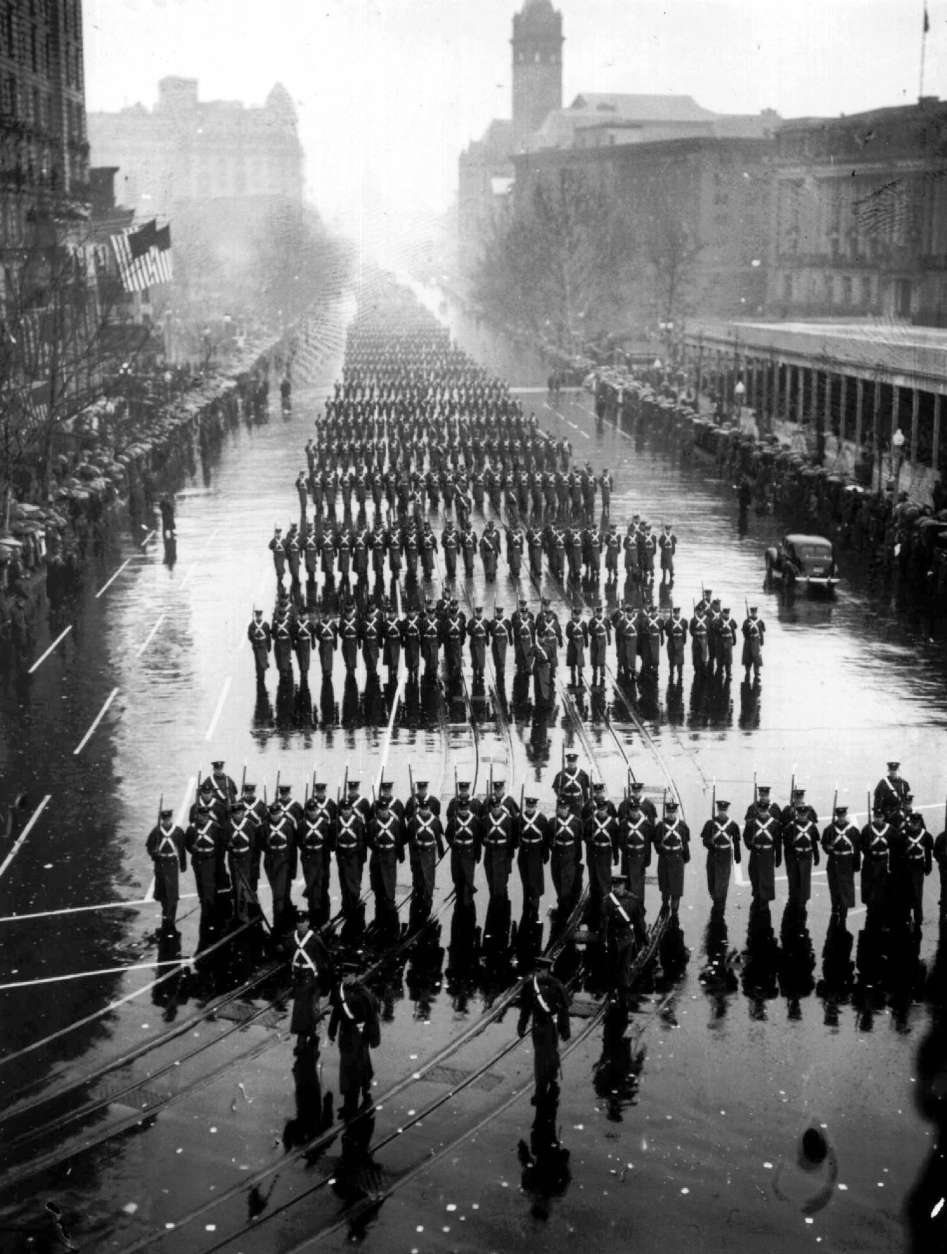
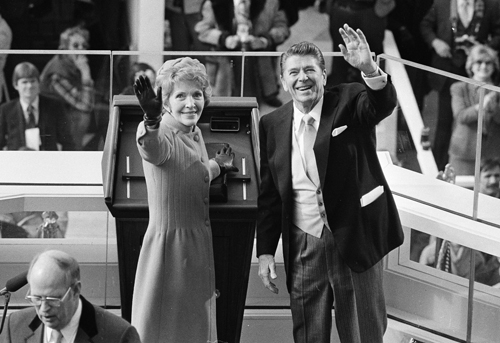
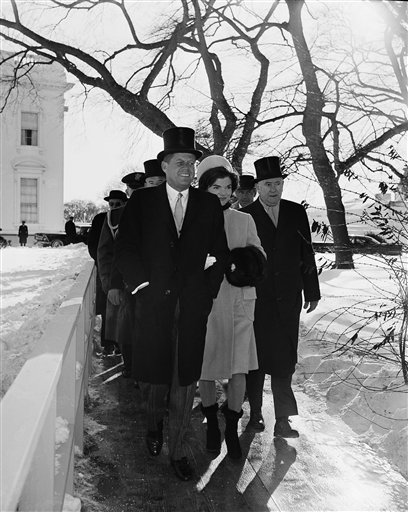
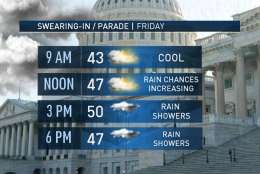
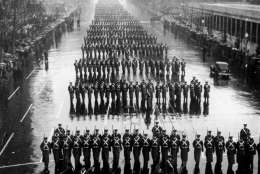
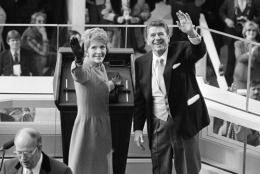
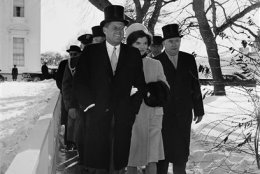
EDITOR’S NOTE: This forecast was updated at 6:39 a.m. Wednesday, Jan. 18, to reflect changed conditions.
WASHINGTON — Although plenty of inaugurations, especially in recent memory, have been exceptionally cold, temperatures for Friday’s inauguration of Donald Trump will be slightly above normal.
Those heading down to watch this historical event, though, should plan for rain.
Expect a few light showers through the early morning hours with more rain filling in from the southwest to the northeast after 8 a.m. or 9 a.m. There will be some steady light rain just around the noon hour for the swearing-in ceremony so plan ahead for a chilly rain.
The rain should exit the region by mid-afternoon after dropping about one-tenth of an inch of total accumulation. Most, if not all of the inaugural parade, should be dry but there will be some mist, possible drizzle and fog through the afternoon and into the evening. Temperatures will stay steady in the mid- to upper 40s for the remainder of Friday afternoon/evening.
If you’re headed to the inauguration, you’ll want to wear a poncho and rain boots — it’ll definitely be a bit muddy on the Mall.
Umbrellas are not allowed in the ticketed areas at the Capitol. Collapsible umbrellas that are no longer than 18 inches and that do not have a sharp end are allowed on the National Mall and parade route. This is a change.
Average highs for this time of year
The National Weather Service says the average high temperature for Jan. 20 is around 43 degrees, and the average temperatures during the noon hour at 37 degrees. General we see partly cloudy skies and a wind around 10 mph making it feel more like 31 degrees.
Historically, there is about a 1 in 3 chance of some measurable precipitation (at least a hundredth of an inch) on Jan. 20, and a 1 in 6 chance of rain during the noon hour. This year is no exception — a piece of energy in the upper levels of the atmosphere will advance into the Ohio Valley. This will increase rain chances through the day here in the Mid-Atlantic and specifically in the D.C. area. Although the morning looks dry, rain chances increase after 10 a.m., with rain showers continuing through the afternoon.
Because temperatures will be on the warmer side, we are expecting just plain rain. The data show there is only about a 1 in 10 chance of measurable snow during the day and 1 in 20 during the noon hour. There hasn’t been much snow so far this year, but generally during inaugural years, there has been a 1 in 6 chance that there will be at least an inch of snow already on the ground.
A brief weather history of Jan. 20 inaugurations
The U.S. Constitution originally set March 4 as the date for the new government — Congress and the president — to take office. This created a long lame-duck period, which allowed plenty of time to count votes, report votes, travel to D.C. from all over the country and more.
But as communications and travel technology advanced, that date was eventually moved up to Jan. 20 by the 20th Amendment, which took effect in 1933. On years when Jan. 20 falls on a Sunday, a private swearing-in ceremony is held, and the public oath of office is taken Jan. 21.
The Rainiest
The first Jan. 20 inauguration was also the rainiest — in 1937, when Franklin Delano Roosevelt was sworn in for a second term — 1.8 inches of rain accumulated during the day, with 0.7 inches of that falling between 11 a.m. and 1 p.m. Temperatures were only around 33 degrees, so sleet and freezing rain were mixing in at times.
About 200,000 people came to Washington to watch the ceremony, and most never got closer than Union Station. After FDR was sworn in, he rode back to the White House in an open car at his own suggestion. By the time he arrived at the White House, a half-inch of water was on the floor of the car.
The Warmest
The warmest January Inauguration Day on record was President Reagan’s first inauguration in 1981. Temperatures at noon were around 55 degrees that day. There were plenty of clouds around, but it was pretty mild for that time of year.
The Coldest
Reagan also had the coldest inauguration. His second, on Jan. 20, 1985 was brutally cold, with temperatures around 7 degrees. There was plenty of sunshine, but also new-fallen snow and winds, which made it feel more like minus 10 to minus 20 degrees! Eventually, the ceremony was moved inside, with Reagan delivering his second inaugural address in the Rotunda of the Capitol. The parade was also canceled.
The Snowiest
Before John F. Kennedy took the oath of office on Jan. 20, 1961, snow blanketed the D.C. metro area. Eight inches of snow fell in the early morning hours, clearing up by sunrise. Sunshine broke out across the region, but temperatures only topped out in the lower 20s with winds out of the northwest around 20 mph. This made it feel like 7 degrees during the ceremony.
The snow forced thousands of people to abandon their cars across the D.C. area. Work continued into the morning of the inauguration to clear Pennsylvania Avenue for the parade and for the audience.
Honorable mentions: March inaugurations
- 1817 — The first outdoor inauguration for James Monroe.
- 1873 — The coldest March 4 inauguration. The noon temperature was only 16, with a record low temperature for March of only 4. Sunshine was no help as the wind made it bitterly cold. Ulysses S. Grant was sworn into office for his second term.
- 1909 — The snowiest, with 9.8 inches, as well as very strong winds. William H. Taft was sworn into office.
- 1913 — The warmest March 4 inauguration. The noon temperature was 55 as Woodrow Wilson was inaugurated.
Inaugural weather in the 21st century
George W. Bush (2001) — There was a lot of fog on this day with visibility around 2 miles. Temperatures were in the mid-30s, with rain showers. An inch of rain had fallen the day before, with another three-tenths falling during Inauguration Day. A little light snow fell during the evening, amounting to a coating.
George W. Bush (2005) — A much better day in terms of weather. Temperatures were still chilly, in the mid-30s with a mix of sun and clouds. It was a little breezy, with winds out of the northwest at 10 to 15 mph. About an inch of snow was on the ground from a previous storm, but that day was dry.
Barack Obama (2009) — It was fairly breezy, with temperatures only in the mid- to upper 20s with wind chills were in the mid teens. Winds were gusting up to 25 mph at times during the ceremony, but there was some sunshine with a few thin clouds.
Barack Obama (2013) — Not much fanfare with this weather. Temperatures were right around normal for a typical January afternoon, topping out in the mid-40s. There were plenty of clouds around with a southerly wind at 5 to 10 mph.
Data were furnished by the National Weather Service in Sterling, Virginia.

